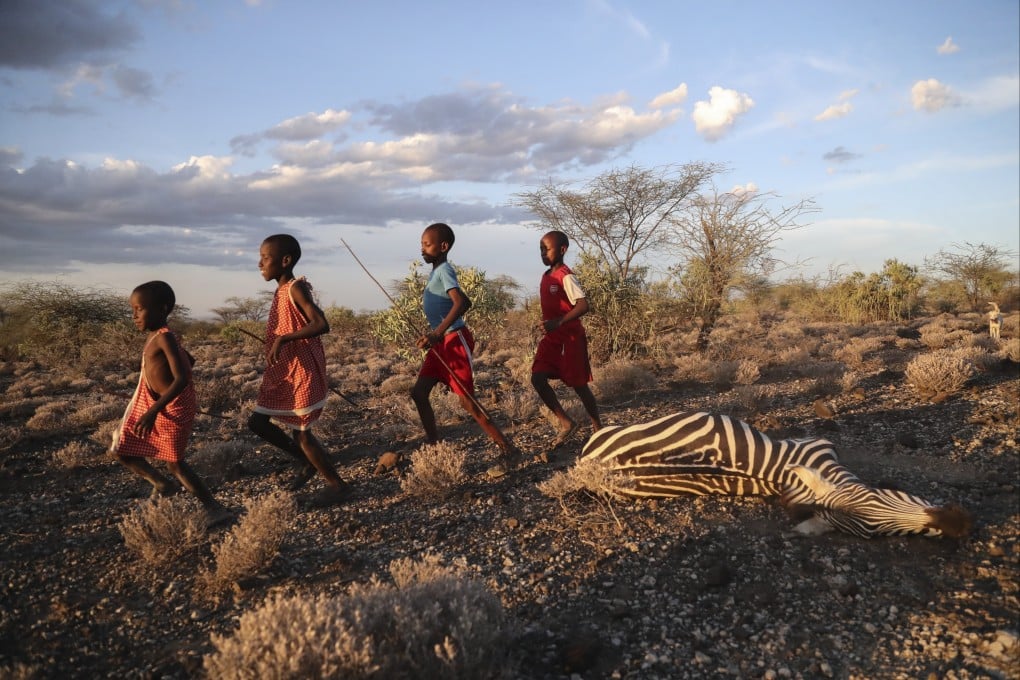Advertisement
Inside Out | Efforts to combat climate change and biodiversity loss are inseparable as new mass extinction looms
- How is it possible to separate the climate crisis from concerns over widespread habitat loss, species dying out and other aspects of biodiversity?
- Our behaviour as a species could end up exterminating us rather than driving the rest of the natural world to mortal danger
Reading Time:3 minutes
Why you can trust SCMP
1

Recently, I had a catch-up conversation on climate change and November’s UN climate change conference (COP27) in Sharm el-Sheikh with one of Hong Kong’s most conscientious students of the subject.
As we began to wind up, I asked what we should be taking away from the UN Biodiversity Conference in Montreal – confusingly called COP15 – that was held immediately after COP27. “I don’t know,” he sighed. “My brain has been too hard-pressed wrestling with COP27 to focus on the biodiversity stuff.”
I was not surprised given the awesome scope of rigorous scientific detail underpinning the international debate and the increasingly technical policy discussion over how to keep us from the brink of catastrophe as temperatures rise. At the same time, though, I was perplexed. How is it possible to separate the climate crisis and what some are calling “biological annihilation”, the threat of a sixth mass extinction or “bugpocalypse”.
Elizabeth Mrema, executive secretary of the UN Convention on Biological Diversity, noted that climate change is “a primary driver of biodiversity loss. And yet, that same climate change depends on biodiversity as part of the solution. So clearly the two are linked and cannot be separated.”
Analysis of the cause and effect of global warming tends to focus on atmospheric causes. Catastrophic biodiversity loss is providing a massive body of evidence about the effects – not just on whether humans are capable of surviving as temperatures rise but on the essential balanced linkage with nature that has made it possible for humans to thrive in the past 200,000 years.
In short, global warming and biodiversity loss are two sides of the same coin. Neither side can be understood or managed without taking account of the other. Neither can they be managed without understanding the central significance of the “Anthropocene” era – the massive explosion of the human population in the past 150 years and the overconsumption that has taken us out of equilibrium with the rest of the natural world.
Advertisement

